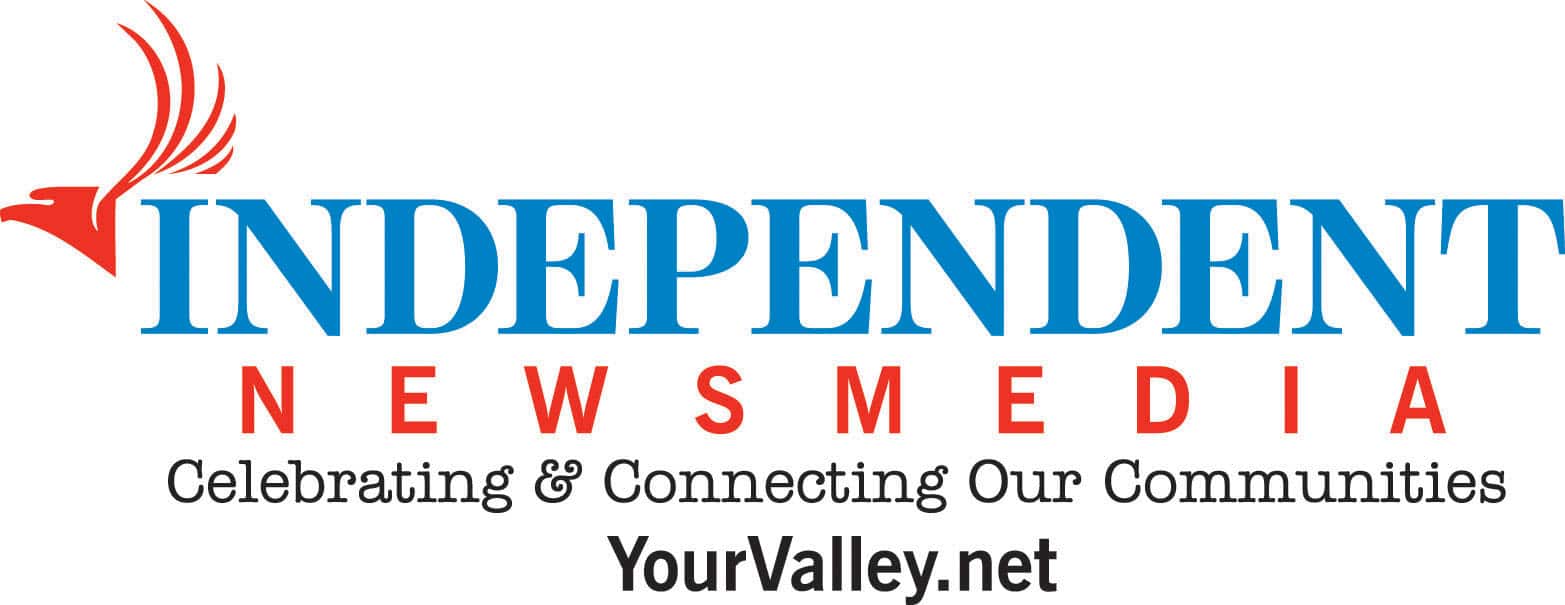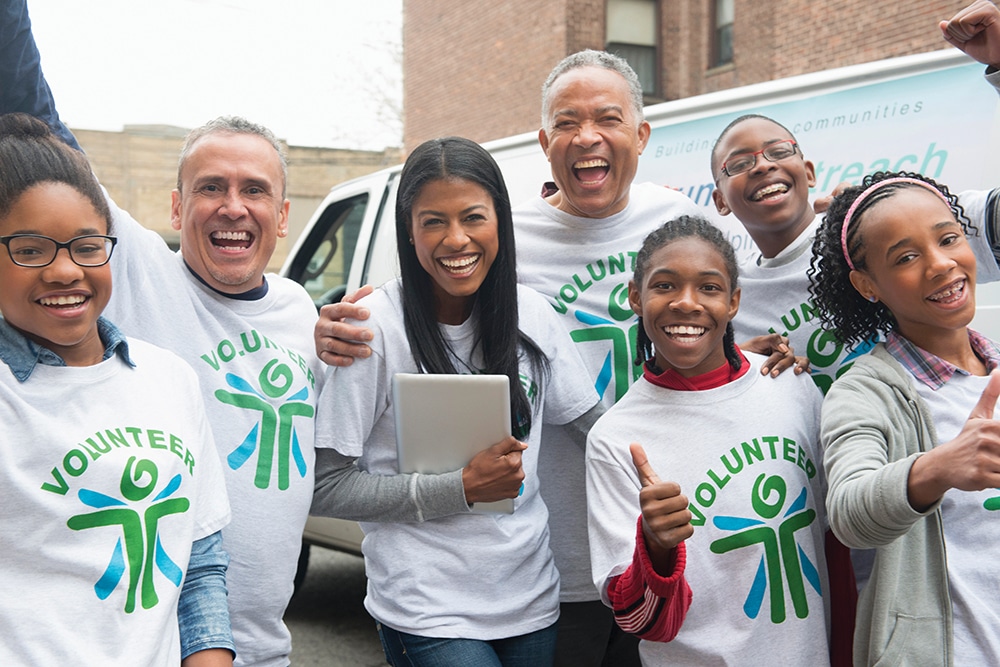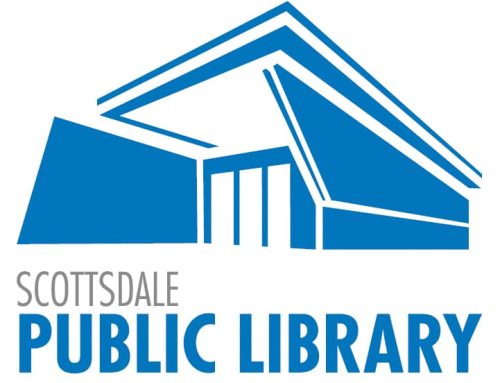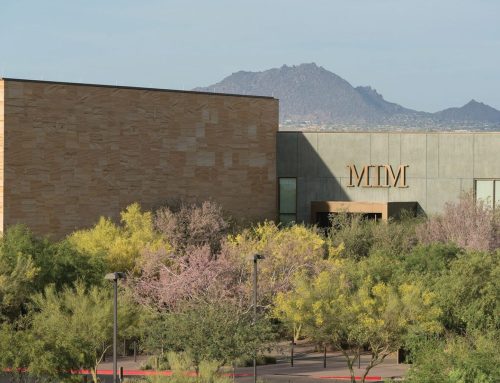By Sara Anderson and Katie Pollak
Whether you are an intentional write-it-down goal-setter or you take a more casual approach to your aspirations for the new year, it’s natural to consider how to spend your time in 2025. One of the activities with the highest return on investment for your physical and mental health may surprise you: it’s not focusing on yourself, but giving to others — often through volunteerism.
This giving can take the shape of gifting your time, expertise, money, donations, hands-on work or any other form of support. No matter who or how you help, if you are taking time to think of others, you will likely feel better physically and mentally.
The medical evidence that “serving others is the best medicine for yourself” is so strong that two doctors who reviewed dozens of studies about the effects of service called it a “wonder drug” (Stephen Trzeciak and Anthony Mazzarelli, “Wonder” Drug, 2022). They report that helping others is linked to lower blood pressure, reduced chronic pain and lower stress.
In one study, levels of the stress hormone cortisol were regularly lower on days subjects spent time volunteering than on the days that they didn’t. In another study, cortisol levels were lower when participants gave a massage than when they received one! And a 2013 study at ASU found that volunteering was associated with a 24% lower mortality risk!
This isn’t “live longer by miserably eating celery every day” kind of advice. The years you could add to your life are likely to be happier and more fulfilling when you give to others. A study of 200,000 people in 100 countries found that giving to charity increased happiness as much as having twice as much income. Volunteering is associated with decreased anxiety and depression, improved self-esteem and increased job and life satisfaction. In a 2010 survey, 96% of volunteers reported feeling happier as a result and 92% said that it “enriches my sense of purpose in life,” while 89% reported that it “has improved my sense of well-being.”
This kind of experience is not unusual for people who reach out to help others. A 2014 paper called “It’s Good to Be Good” by Stephen Post concluded that people who give to others have better friendships and social networks. They experience less trouble sleeping, less anxiety, less helplessness and less hopelessness. They feel a sense of control over chronic health conditions.
Post summarized the findings of 15 years of research: “A loving and helpful life is more likely to be a happier, healthier, longer one … It would be difficult to identify any pill or vitamin with such a pronounced self-reported impact on so many lives.”
The best thing about volunteerism is that it isn’t one size fits all, and opportunities abound well beyond the holidays.
Do you love working with animals? Kids? Group projects? Food banks? Sustainability? Or do you just want to make connections with others in your community? You can find ways to give back all year long by contacting your city’s volunteer office. You also can find hundreds of ways to help at JustServe.org, a free website and app where community members can find local nonprofits that need their help.
Every moment you’re able to give to others matters — to your community and for your own well-being. Let us help you get started in 2025!
Editor’s note: Sara Anderson is JustServe director, Mesa West. She and her family volunteer at Paz de Cristo. Katie Pollak is volunteer program coordinator for the city of Mesa. She volunteers for animal rescue and wellness organizations, such as the NAGI Foundation.





